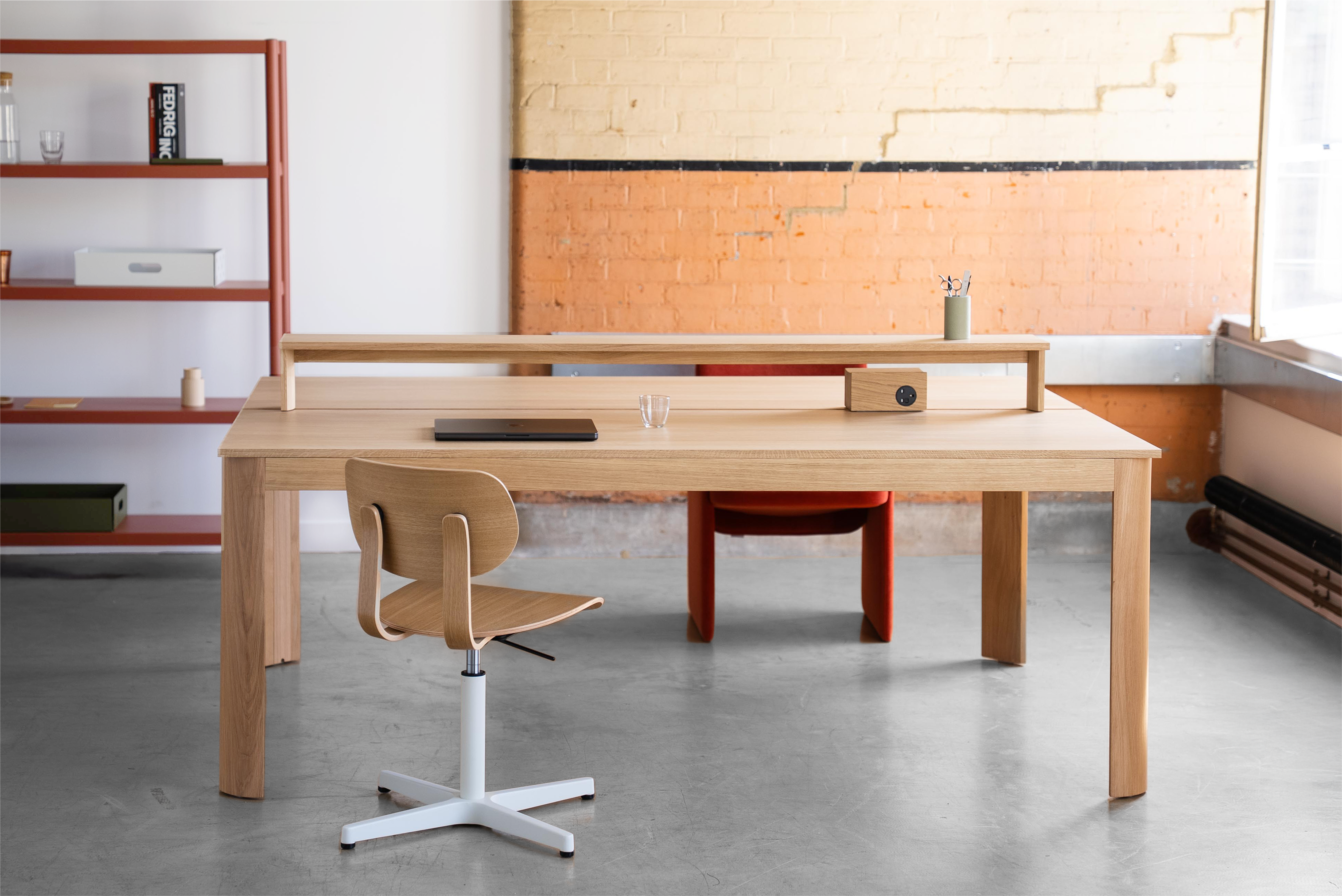
"In short, minimalism has become a strategic asset. One that is precise and softly spoken. Japanese minimalism, or neo-minimalism, is all about quiet."
"Rather than competing for attention with chaos, brands opt for calm, space and simplicity, relying on white space and refined typography to convey confidence."
"Japanese minimalism isn't a design fad, rather it springs from deep cultural ideals. Zen Buddhism and Shintoism prize emptiness and natural form."
"Layer in wabi-sabi - the beauty of imperfection and impermanence - and you get an entire design system built not around perfection, but around presence."
A growing movement in branding favors a 'less is more' approach, derived from Japanese design principles. This shift emphasizes calmness and simplicity, contrasting with the flashy designs of the Y2K aesthetic. Brands focusing on minimalism use ample white space and refined typography, implying honesty and confidence. Influenced by Zen Buddhism and concepts like wabi-sabi, this design philosophy values emptiness and imperfection, positioning minimalism as not just a trend, but a cultural architecture that enhances the meaning behind designs, reflecting a deeper relationship with aesthetics and presence.
Read at Creative Bloq
Unable to calculate read time
Collection
[
|
...
]